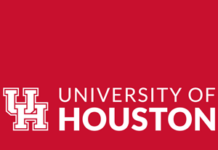 A new study by researchers at the University of Houston Law Center found the payday lending industry often targets Black and Latino communities in advertising their products, while the mainstream banking industry targets White consumers.
A new study by researchers at the University of Houston Law Center found the payday lending industry often targets Black and Latino communities in advertising their products, while the mainstream banking industry targets White consumers.
The finding of the authors’ study on lending in the Houston area found that:
- While African Americans make up only 16 percent of auto title lending customers and 23 percent of payday lending customers, 35 percent of the photographs on these lenders’ websites depict African Americans.
- 77 percent of the advertisements at physical locations of auto title and payday lenders in the study targeted racial minority groups.
- 30 percent of mainstream bank lender websites featured no African American models.
- In contrast, only 3 percent — a single bank’s website — did not feature a White model.
The authors found that these marketing practices have several consequences. First, they found that the advertising works, and African Americans are more likely than White customers to use high-cost credit. They also found that advertising forms societal norms and expectations of where people “fit.” This in turn, according to the study, creates a “self-sorting” effect and contributes to a racial disparity in credit access.
“We hope that businesses will voluntarily change their advertising practices to represent people from all races in their advertising,” the authors write. “Additionally, we urge Congress to amend the Equal Credit Opportunity Act to explicitly prohibit discriminatory advertising by creditors, and federal regulatory bodies to use that Act as well as the Community Reinvestment Act to make bank’s and payday lender’s advertising equitable.”
The full study, “Advertising Injustices: Marketing Race and Credit in America,” was published in the Emory Law Journal. It may be accessed here.










